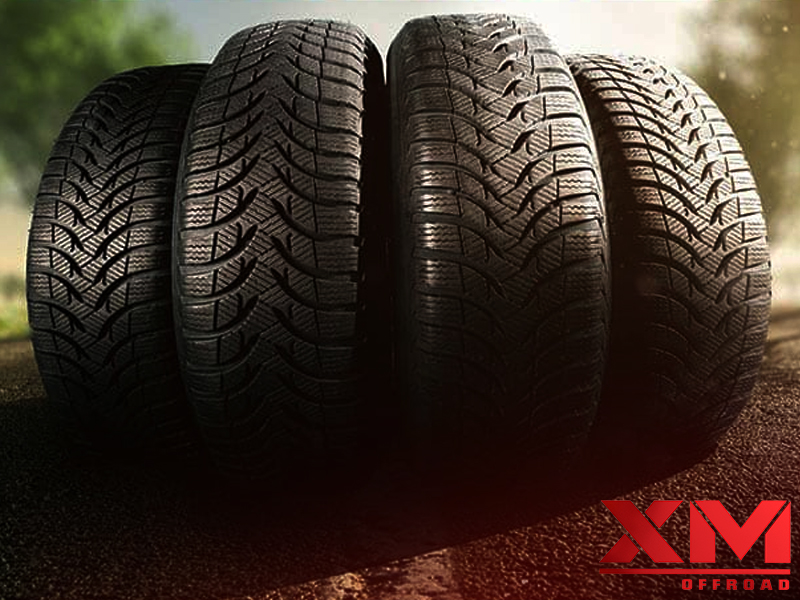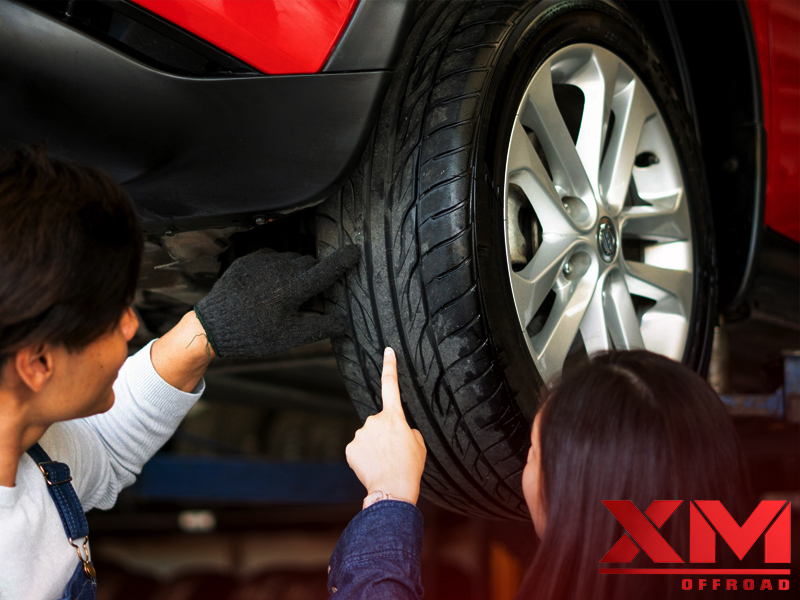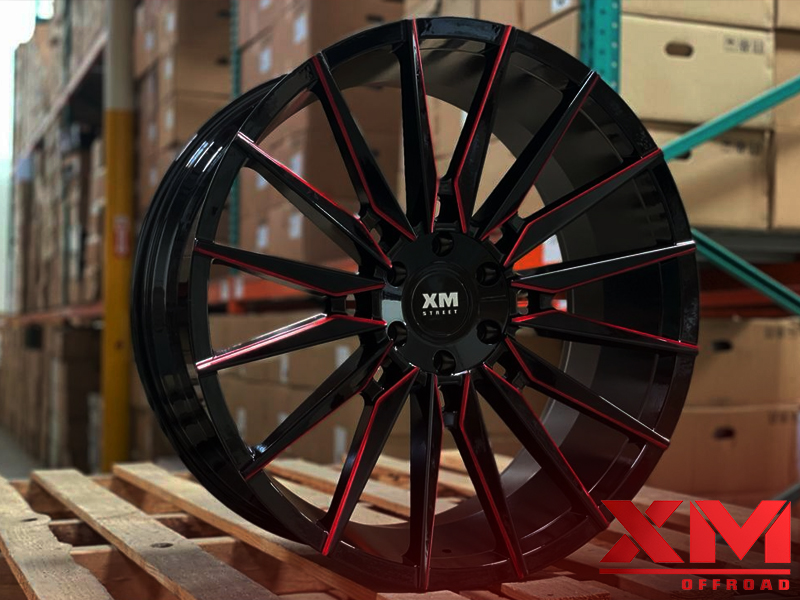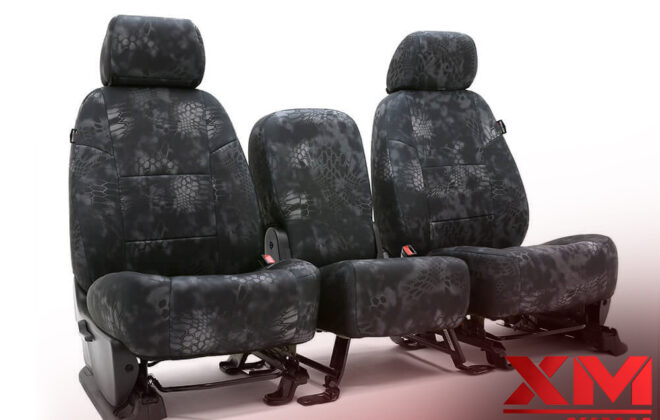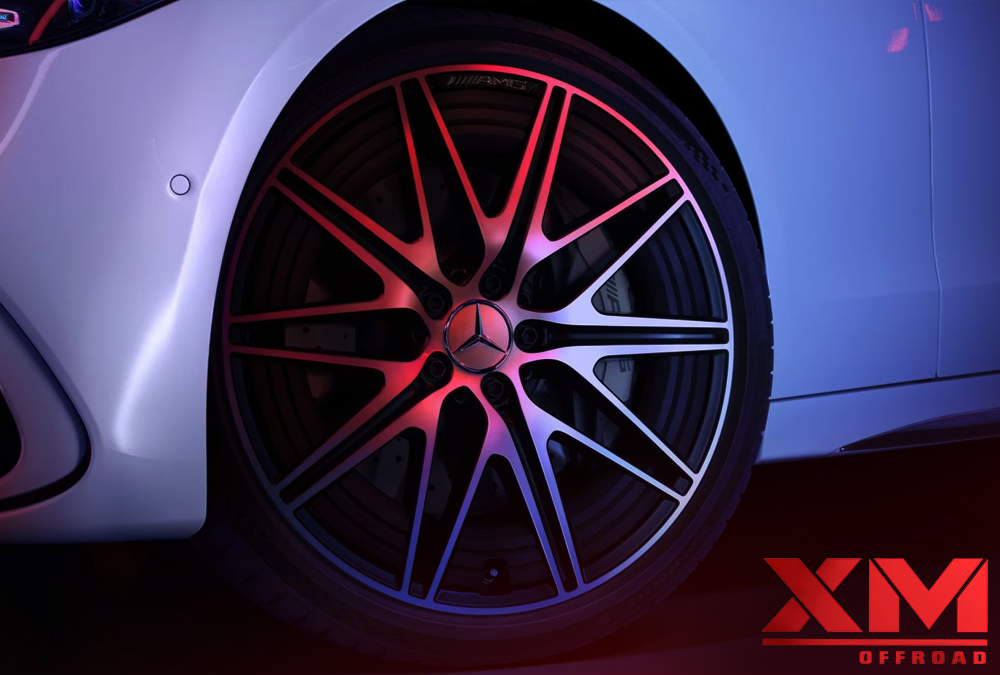
9 Key Factors that You Should Consider When Choosing Wheels and Tires
When it comes to enhancing the performance and appearance of your vehicle, one of the most important factors to consider is the wheels and tires. The wheels and tires on your car play a crucial role in the overall driving experience and can significantly impact factors such as acceleration, braking, handling, and fuel efficiency. However, with so many choices available, choosing the right wheels and tires for your vehicle can take time and effort. So, we will explore the 9 key factors you should consider when choosing wheels and tires.
1. Tire Type
The type of tire you choose for your vehicle will depend on the driving conditions you encounter regularly. There are three main types of tires: summer, winter, and all-season. Summer tires are designed for hot weather and provide excellent grip on dry and wet roads. Winter tires are designed for cold weather and provide improved traction on snow and ice. All-season tires are designed to achieve well in warm and cold weather conditions.
2. Size Matters
The size of the wheels and tires is an essential factor to consider when choosing them for your vehicle. The size of the wheels and tires is measured in inches and is denoted by a series of numbers, such as 225/45R18. The first number represents the tire’s width in millimeters, the second number indicates the aspect ratio (the ratio of the tire’s height to its width), and the third number represents the diameter of the wheel in inches.
It is crucial to ensure that you choose the best 17 inch wheels and tires compatible with your vehicle’s size and specifications. Using wheels and tires that are too large or too small can lead to handling issues, reduced performance, and safety concerns. Your vehicle’s owner’s manual will provide the recommended wheel and tire sizes information.
3. Bolt Patterns
Bolt patterns are crucial when choosing wheels and tires for your vehicle. A bolt pattern refers to the number of lug nuts on your vehicle’s wheel and the diameter of the circle they form. The bolt pattern determines the compatibility of the wheel with your car. If the wheel’s bolt pattern does not match your vehicle’s bolt pattern, then the wheel cannot be installed properly. Using the wrong bolt pattern can result in a dangerous situation, causing the wheel to become loose or fall off while driving.
Ask your vehicle owner’s manual or a trusted mechanic to determine the correct bolt pattern and other specifications for your vehicle. With accurate information, you can select wheels and tires that look great and provide the best possible performance and safety.
4. Material and Construction
Wheels can be made from various materials, including steel, aluminum, and magnesium. Steel wheels are the most common and affordable option, but they tend to be heavier and less stylish than other materials. Aluminum wheels are more lightweight and visually appealing but can be more expensive. Magnesium wheels are the lightest and most robust option but are also the most expensive and typically reserved for high-performance vehicles.
It’s also important to consider the construction of the wheel, which can affect its durability and performance. One-piece wheels are the most common and affordable, but they can be more susceptible to damage. Two-piece and three-piece wheels are more expensive but offer greater strength and customization options.
5. Tread Pattern and Depth
The tread pattern and depth of the tire are also crucial factors to consider when choosing wheels and tires. The tread pattern refers to the design of the tire’s surface that comes into contact with the road. The depth of the tread mentions the thickness of the rubber that remains on the tire.
Tires with deeper treads provide better traction on wet and slippery roads but tend to wear out faster. Tires with shallower treads last longer but may offer less traction on wet or slippery roads. It is also essential to consider the tread pattern. For example, some tires have a more aggressive tread pattern, providing better traction on off-road rims terrain.
When choosing the tread pattern for your tires, you must consider your driving needs and the weather conditions in your area. A directional tread pattern may be the best option if you live in a room with heavy rain or snow. However, an asymmetrical tread pattern may be the best option if you are looking for the best handling and cornering ability.
6. Load Capacity and Speed Rating
The tires’ load capacity and speed rating are also essential factors to consider when choosing wheels and tires. The load capacity refers to the maximum weight the tire can support, while the speed rating indicates the maximum speed the tire can safely handle.
When selecting wheels and tires, you must ensure they have a load capacity and speed rating suitable for your vehicle. Using tires with a lower load capacity or speed rating can result in tire failure, reduced performance, and safety issues.
7. Wheel Fitment
Another thing you need to know is the correct fitment of the wheel for your vehicle. You’ll also need to consider the fitment of the wheel. It refers to the bolt pattern, center bore, and offset, which must match your vehicle’s specifications. A wheel that doesn’t fit properly can cause vibration, steering issues, and even accidents, so getting this right is crucial.
8. Brand and Reputation
The brand and reputation of the wheel and tire manufacturer should also be considered when making a purchase. Established and reputable brands tend to provide better quality and customer service than lesser-known brands. Established and reputable brands produce higher-quality products than lesser-known or unproven brands. Quality tires and wheels can offer your vehicle better performance, durability, and safety.
Reputable brands also design their products to fit specific vehicles and models, which can ensure that the wheels and tires you choose will work properly and function as intended. Popular and respected brands can also help maintain or even increase the resale value of your vehicle. If you decide to sell your vehicle, having a recognized brand of tires and wheels can make it more attractive to potential buyers. Established brands also tend to have a more comprehensive network of dealers and retailers, making it easier to find replacement tires or wheels when needed.
9. Lug Nut Style
Lug nut style is crucial when choosing wheels and tires for your vehicle. The lug nut is the fastener that secures the wheel to your vehicle’s hub, so the style of lug nut that your vehicle uses will determine the type of wheel you can install.
Read Also: An Iconic Off-Road Vehicle Lifted 2023 Jeep Wrangler JL – 20 Inch Fuel Coupler All Gloss Black
There are two main types of lug nut styles: conical and spherical. Conical lug nuts have a tapered end that matches the taper of the lug hole in the wheel, while spherical lug nuts have a rounded lot that fits the spherical shape of the lug hole. Choosing the correct lug nut style for your vehicle and wheel combination is essential, as using the wrong kind can result in a loose or unstable connection between the wheel and the hub.
Final Thoughts
Choosing the right wheels and tires for your vehicle is crucial for ensuring a safe and enjoyable driving experience. These are eight key factors that you should consider when choosing wheels and tires. By considering these factors and doing your research, you can make an informed decision and find the wheels and tires that will best meet your needs. Whether looking for improved performance, enhanced aesthetics, or better traction, selecting the right wheels and tires can make all the difference. So, take your time, weigh your options, and choose wisely to ensure you get the most out of your vehicle.

